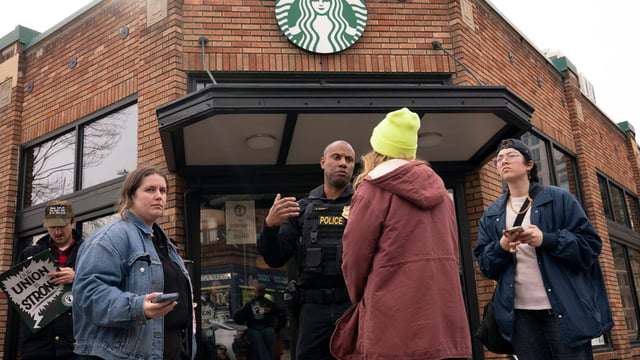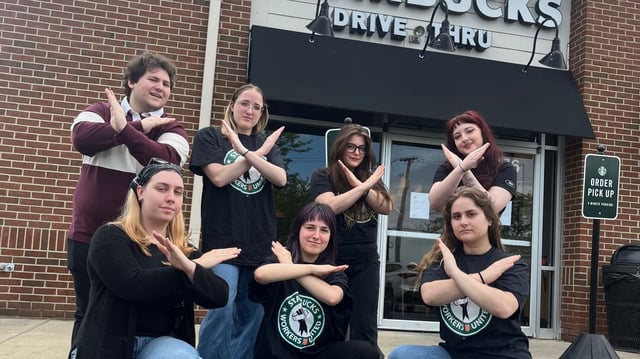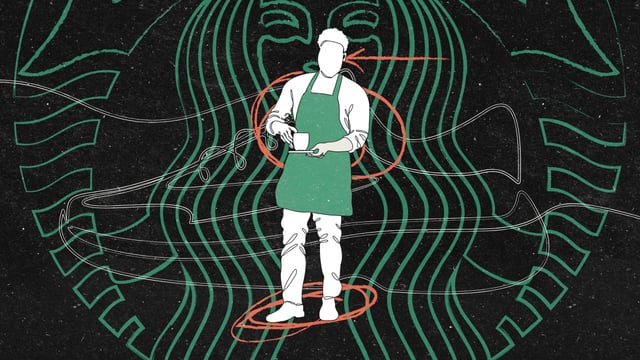Overview
- Starbucks implemented a new dress code on May 12 requiring solid black shirts and khaki, black, or blue denim bottoms, replacing a more flexible 2016 policy.
- More than 2,000 baristas across 120 U.S. stores staged rolling one-day strikes, arguing the policy was imposed without union input and detracts from addressing critical workplace issues.
- Workers and Starbucks Workers United criticized the company for prioritizing uniform changes over resolving broader concerns, including understaffing, low wages, and lack of guaranteed hours.
- Starbucks defended the dress code as enhancing brand consistency and customer experience, noting that over 99% of its stores remain operational during the strikes.
- Unionized employees view the dress code as a symbol of corporate overreach and are demanding fair contracts to address systemic labor grievances.



